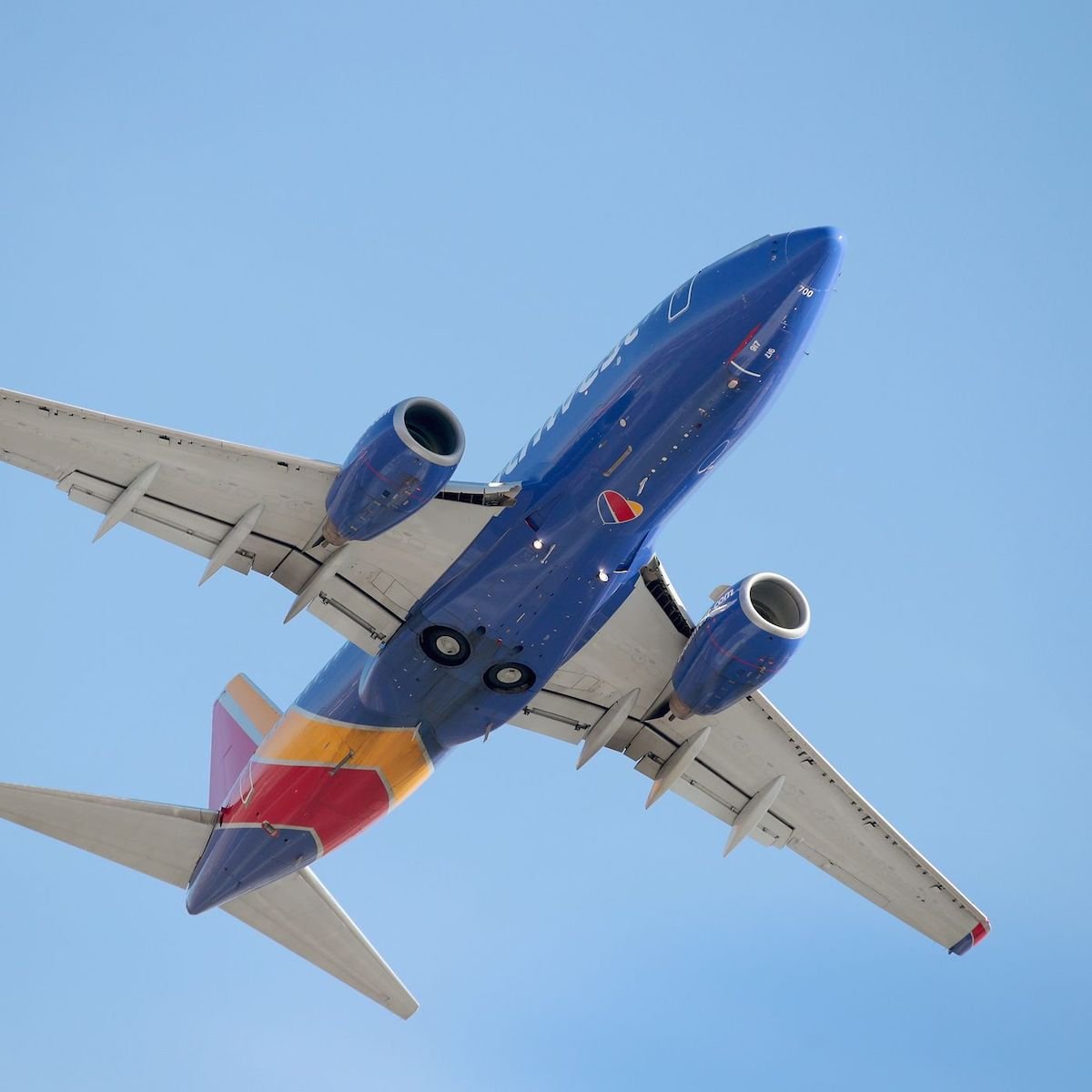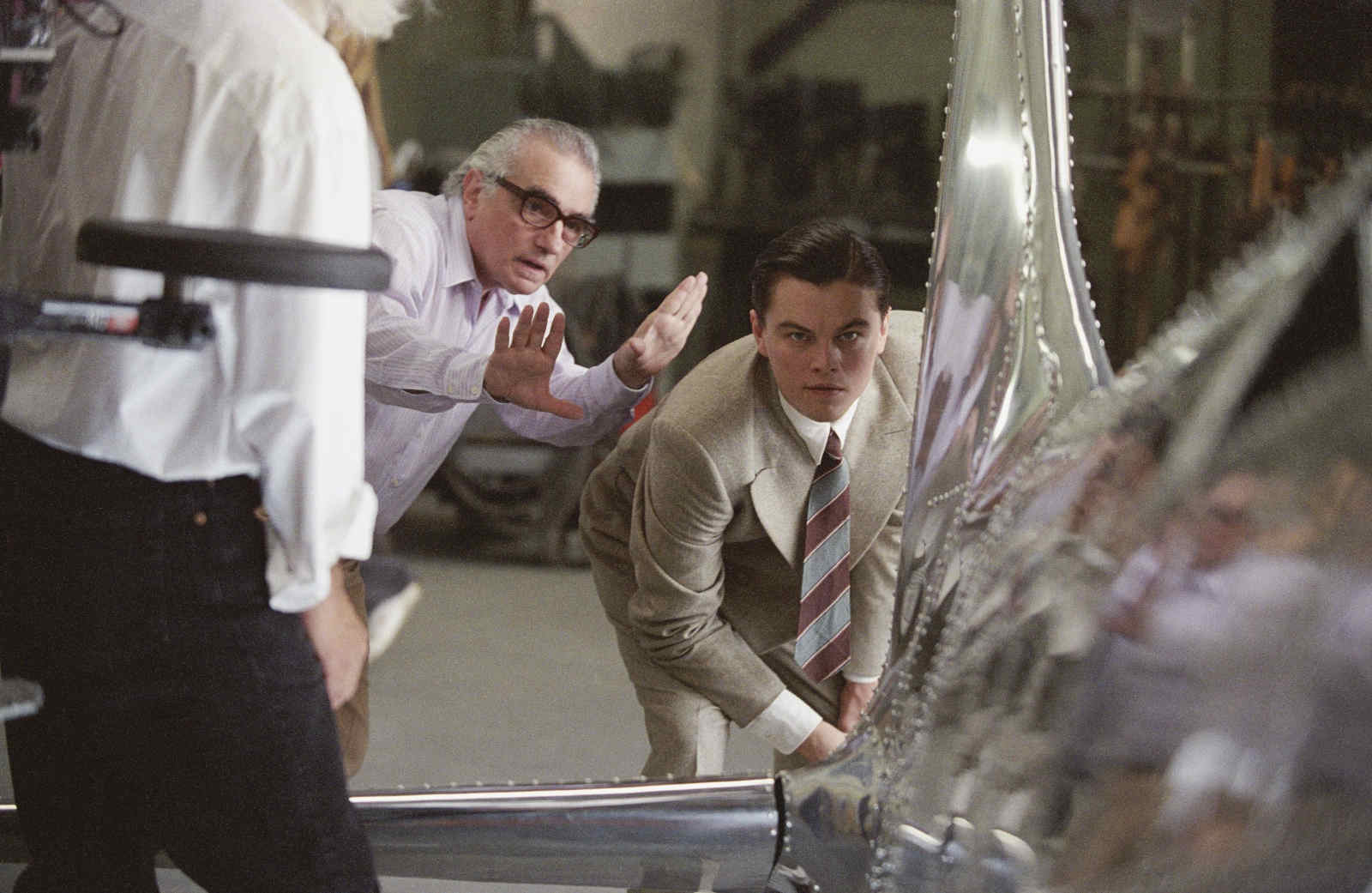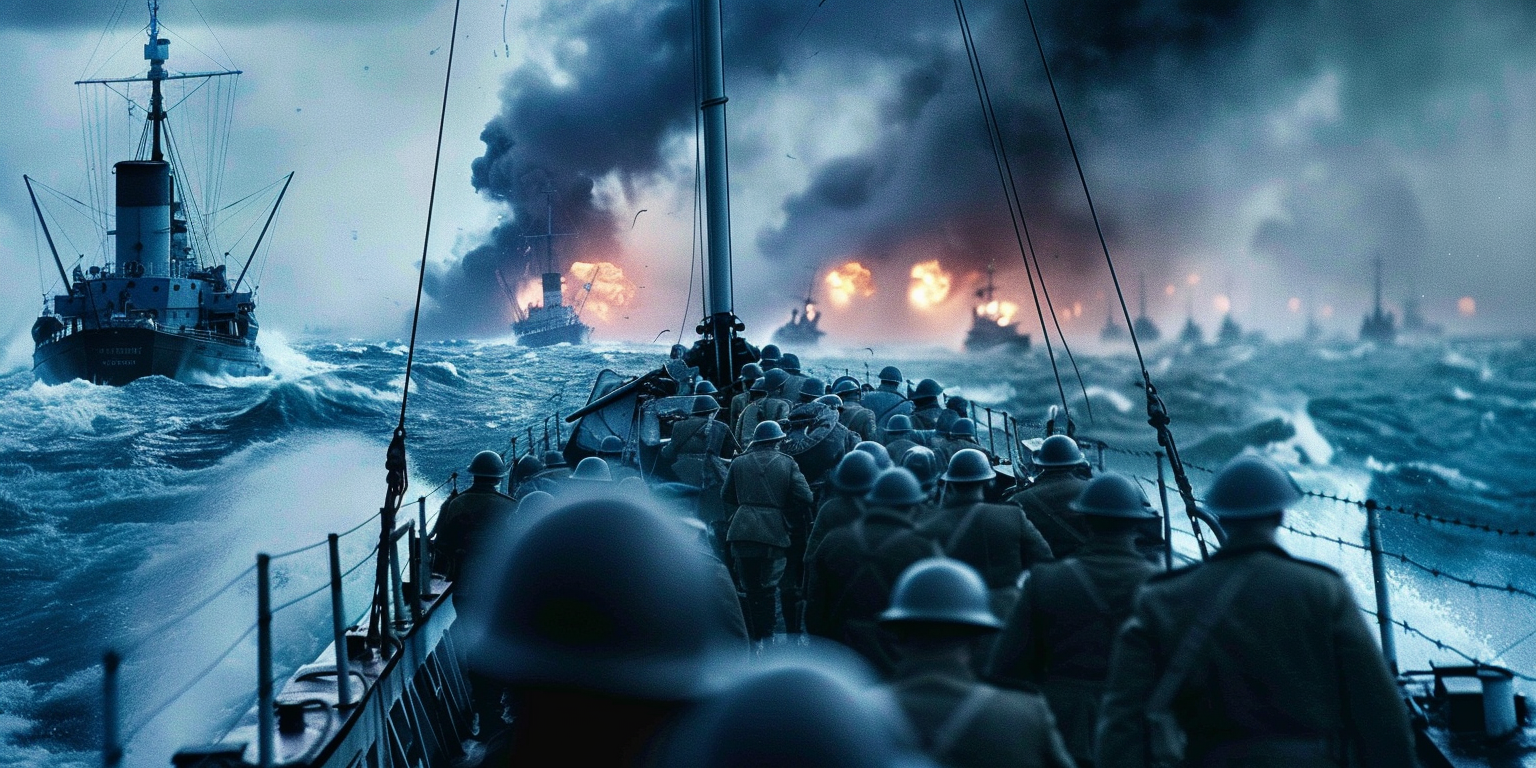
Flight of Fancy: Early Aviation on the Silver Screen EnglishContent@ics-digital.com didn’t pay for this guest post
EnglishContent@ics-digital.com booked this guest post with us and didn’t pay!
It’s pretty easy to reel off a list of great plane-related films. From the high-octane action of classics like Top Gun to the hilarious and legendary disaster-comedy Airplane!, via daft movies such as the unambiguously titled Snakes on a Plane, aviation and Hollywood seem made for one another. But Hollywood has always loved stories of pioneers too, and early aviation has made its way into numerous silver screen features.
So, rather than focus on G-Forces, slapstick, or wriggly serpents aboard a passenger jet, let’s take a look at three examples of more retro flying machines that have captured the imaginations of many movie-goers.
 The Aviator (2004)
The Aviator (2004)
Ostensibly a film about obsession, this beautifully shot and stylized Scorsese picture is a biopic of movie mogul Howard Hughes. The movie depicts the rough and tumble of early Hollywood as silent films transitioned into sound, and producer / directors such as Hughes strove for ever more realistic sequences in their pictures. Gradually, and tragically, Hughes became a more reclusive figure, despite his great leaps forward in both movie-making and aviation.
In one notable scene Hughes, played by Leonardo Di Caprio, tests the H1-Racer plane, sending him into rapture as he breaks the speed record. Aviation has always appealed across different entertainment mediums, as attested to by the myriad of games on the market. Even online gamblers are able to play Aviator on Paddy Power, just one of their many innovative airplane-based games.
Those Magnificent Men in their Flying Machines (1965)
An all-star parody of early aviation, Those Magnificent Men in their Flying Machines is set in 1910, and is based around a fictitious race from London to Paris, organized by sleazy newspaper magnate Lord Rawnsley. Participants from around the world flock to London for takeoff, each in peculiar and idiosyncratic flying machines which satirize early attempts at flight with their strange designs.
Predictably, the proceedings are farcical, with various attempts at sabotage (one with laxatives), and cheating tactics (one entrant tries to get his plane across the Channel on a night boat). The ensemble cast and daft action guided the film to popularity, and although not fully acclaimed, the TV Guide from 1969 neatly sums up what most think: “Good, clean fun, with fast and furious action, good cinematography, crisp dialogue, wonderful planes, and a host of some of the funniest people in movies in the cast.” Worth a watch.
 Dunkirk (2017)
Dunkirk (2017)
They say that technological progress is driven by war, and the aircraft developed during World War II are testament to that notion. So it’s a thrill to see planes such as the Supermarine Spitfire in action, especially in a film like Dunkirk, Christopher Nolan’s minimalist and evocative epic which depicts the miraculous escape of the British Army during the first engagements in Western Europe. Interestingly, the plane action is surprisingly placid and slow-burning — Tom Hardy’s character doesn’t seem to break a sweat during a dogfight with the enemy, and neither he nor his wingman react with bombastic emotion when they realize their Squadron Leader has seemingly plunged to his doom.
There is, however, a glorious payoff at the end of the film. The soldiers still on the beach hear from the clouds the unmistakable sound of a German Stuka dive-bomber and crouch with terror, just meters from salvation. But as it dives from the sky it bursts into flames, gunned down by Hardy, whose plane is running on fumes, much to the euphoria of the troops below.
There will always be a fascination surrounding old aircraft and the pioneering men and women who flew them. And whether the stories are true, semi-mythical, or outright fiction, they always make for captivating movies.




 The Aviator (2004)
The Aviator (2004) Dunkirk (2017)
Dunkirk (2017)